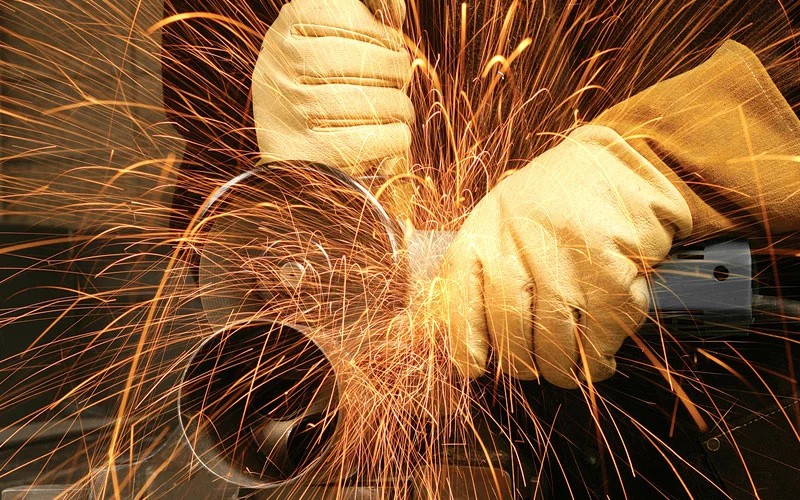Critical Safety Risks of Abrasive Wheels and the Role of Training in Mitigating Accidents
Abrasive wheels are indispensable tools in many industrial and construction settings, designed for cutting, grinding, and polishing various materials. However, their potent effectiveness comes with significant safety risks if not handled correctly. Understanding these risks and implementing robust training programs are key to ensuring workplace safety.
Common Safety Risks When Using Abrasive Wheels
Though abrasive wheels are crucial for various tasks, they pose several hazards:
- Wheel Breakage: The most significant risk comes from the possibility of wheel breakage during operation, which can lead to severe injuries or fatalities.
- Improper Mounting: Inadequately mounted wheels can unbalance and shatter during operation, causing flying debris.
- Incorrect Usage: Using the wrong type of abrasive wheel for a specific task can lead to accidents and equipment damage.
- Lack of Protective Equipment: Failing to wear appropriate PPE, like goggles and face shields, increases injury risks drastically.
The Importance of Abrasive Wheels Training
Proper training is critical when using abrasive wheels. By undertaking an Abrasive Wheels Safety Course, workers can learn to recognize hazards, utilize protective equipment, and understand safe operational procedures.
How Training Identifies Hazards
- Courses teach employees about different types of abrasive wheels and their specific applications, helping them avoid misuse.
- Workers are trained to inspect wheels for damage and ensure they are correctly mounted, reducing the risk of wheel breakage.
Using Protective Equipment
- Trained employees will understand the importance of PPE, such as gloves, protective eyewear, and face shields, to minimize injury risks.
- Training ensures workers know how to properly wear and maintain their safety gear.
Best Practices for Risk Mitigation
To maximize safety when using abrasive wheels, implementing best practices is essential:
- Conduct Risk Assessments: Regular assessments help identify potential hazards before they lead to accidents.
- Perform Safety Inspections: Inspect equipment and protective gear routinely to identify wear and tear before use.
- Emergency Response Procedures: Ensure all staff are familiar with emergency procedures in case of an accident.
Real-Life Case Studies: Training in Action
Several organizations have seen a reduction in accidents as a result of proper training:
- Case Study 1: A manufacturing facility in Dublin implemented a certified Abrasive Wheels Training program. Within a year, the incidence of wheel-related injuries dropped by 75%, showcasing the program's effectiveness.
- Case Study 2: A construction company in Cork, after enrolling workers in an Abrasive Wheels Course Online, recorded zero accidents involving abrasive tools for two consecutive years.
Conclusion
Addressing the safety risks associated with abrasive wheels is an ongoing challenge in many workplaces. However, implementing a comprehensive training program significantly reduces the likelihood of accidents, safeguarding employees and promoting a culture of safety. If you’re interested in enrolling your team in a Abrasive Wheels Certification Ireland program, contact us today to learn more. Your commitment to safety can save lives!



 349,500 Offered Certificates
349,500 Offered Certificates
 24/7 Online Training
24/7 Online Training
 Money Back Guarantee
Money Back Guarantee
 Fully Accredited Courses
Fully Accredited Courses
